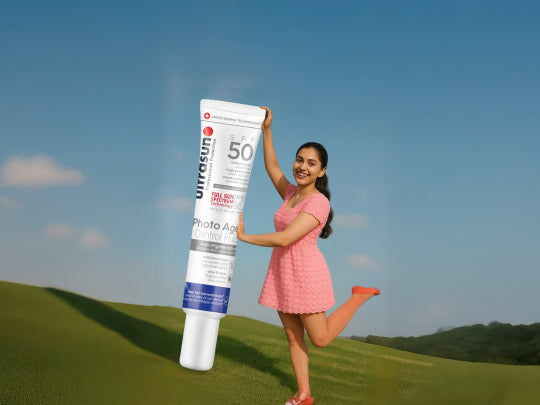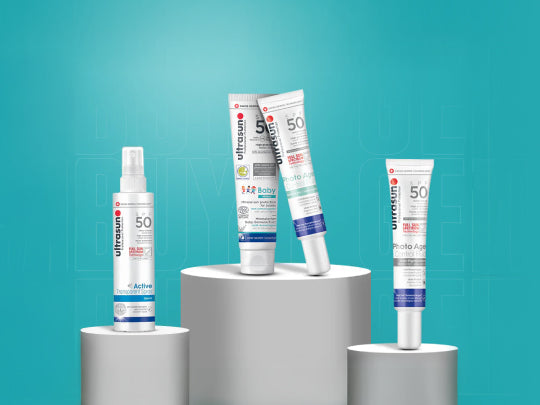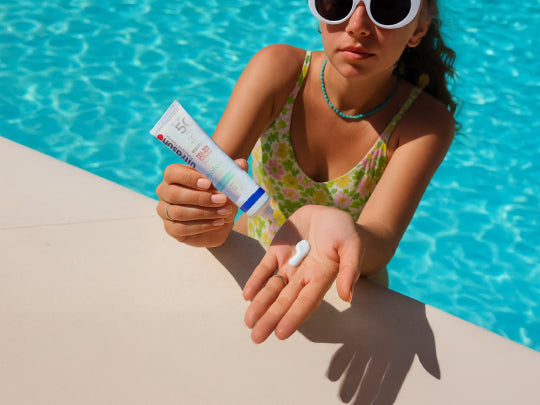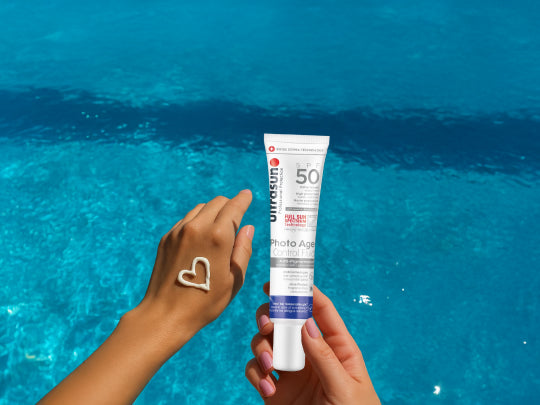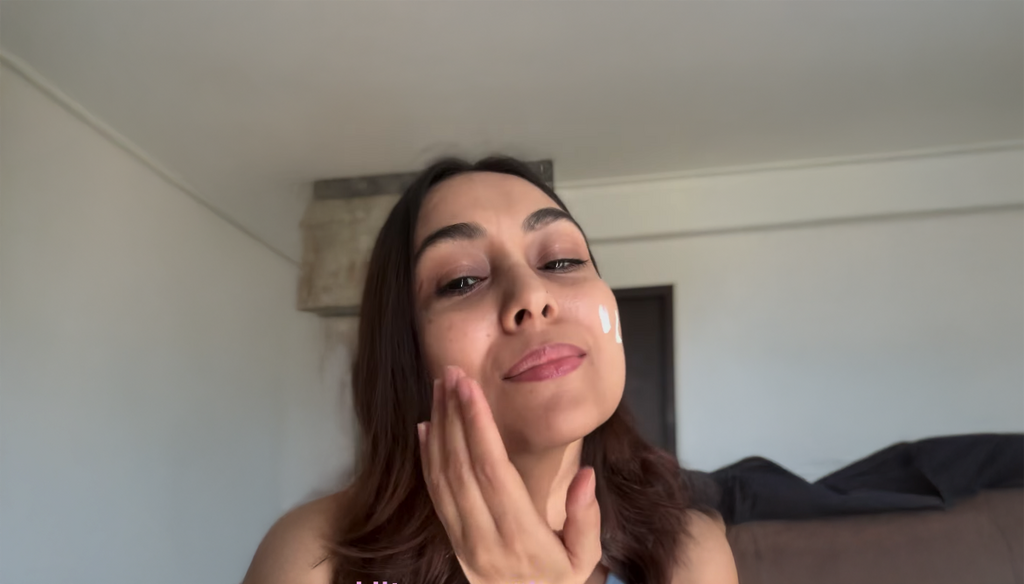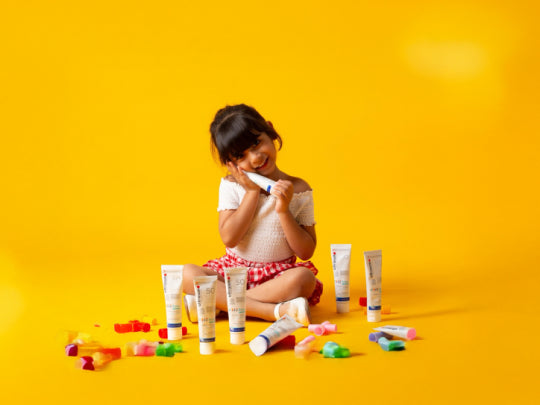Importance of Sun Protection for Babies
Protecting your baby's skin from the sun's harmful rays is paramount. Infants and young children have particularly sensitive skin that can easily burn and become damaged by ultraviolet (UV) radiation. With the increased awareness of skin cancer risks, ensuring your baby has adequate sun protection is more crucial than ever.
Overview of Sunscreen Use
Sun protection sunscreen protects baby's delicate skin from UV damage. It acts as a barrier, absorbing or reflecting harmful rays. Understanding the nuances of sunscreen types, ingredients, and application techniques will help you make informed decisions for your baby's sun safety.
Understanding Baby’s Delicate Skin
1- Differences Between Adult and Baby Skin
A baby’s skin is significantly thinner and more sensitive than that of an adult. This means it can absorb chemicals more easily and is more prone to irritation and damage. The stratum corneum, the outermost layer of the skin, is not fully developed in babies, making their skin less effective at providing a barrier against the environment.
2- Risks of Sun Exposure for Babies
Exposure to the sun’s UV rays can lead to immediate issues like sunburn and long-term risks such as skin cancer. Babies, especially those under six months, have very little melanin, the pigment that provides some protection against the sun. Hence, their skin is extremely vulnerable to the damaging effects of UV radiation.
Choosing the Right Sunscreen
1- Types of Sunscreens: Mineral vs. Chemical
Sunscreens are generally categorized into two types: mineral (physical) and chemical. Mineral sunscreens, containing zinc oxide or titanium dioxide, sit on the skin's surface and reflect UV rays. They are less likely to cause skin irritation, making them suitable for babies. Chemical sunscreens, on the other hand, absorb UV radiation but may include ingredients that can irritate sensitive skin.
2- Key Ingredients to Look For
When selecting a sunscreen for your baby, opt for those with zinc oxide or titanium dioxide as these ingredients are safe and effective. Avoid sunscreens with oxybenzone or octinoxate, which can be harsh on delicate skin and may have potential health risks.
3- Recommended SPF Levels
For infants and young children, sunscreen with an Ultrasun Baby Mineral Sunscreen SPF 50 PA++++ is recommended. This range offers adequate protection against both UVA and UVB rays. Higher SPF values provide marginally better protection but can sometimes be more irritating due to the higher concentration of active ingredients.
Proper Application Techniques
How Much Sunscreen to Use
A common mistake is not using enough sunscreen. For effective coverage, apply a generous amount to all exposed skin areas. A good rule of thumb is to use about a palmful for the entire body. Be thorough, as missing spots can lead to uneven protection and sunburn.
Best Practices for Applying Sunscreen on Babies
1- Apply sunscreen about 15-30 minutes
before going outside to ensure it has time to form a protective layer. Be gentle when applying to avoid skin irritation. Pay special attention to often-missed areas like the ears, neck, and the back of the knees. For babies under six months, it’s best to avoid direct sun exposure and use protective clothing and shade as primary sun protection methods.This sunscreen can be used for 0 to 15 years of kids & babies.
2- Reapplication and tips
Sunscreen should be reapplied after 6hrs but generally one application is sufficient but consider another application after extensive sweating, swimming or towel drying
Additional Sun Protection Measures
1- Protective Clothing and Accessories
In addition to sunscreen, dress your baby in lightweight, long-sleeved clothing and wide-brimmed hats to protect their skin. Sunglasses with UV protection is also beneficial for shielding their eyes from harmful rays.
2- Timing and Duration of Sun Exposure
Avoid taking your baby out during peak sun intensity hours, typically between 10 a.m. and 4 p.m. If you need to be outdoors during these times, seek shade whenever possible and keep sun exposure to a minimum.
3- Creating a Sun-Safe Environment
Use umbrellas, tents, or shade structures when at the beach or park to create a sun-safe environment for your baby. Ensure that play areas have adequate shade and encourage activities in shaded spots. Educating older children on the importance of sun protection sunscreen for baby can also foster good habits early on.
By following these guidelines and being diligent about sun protection, you can help safeguard your baby’s delicate skin from the sun’s harmful effects, ensuring they enjoy their time outdoors safely.
Read More Article...
Best Sunscreen for Babies in India: Protecting Delicate Skin from the Sun


